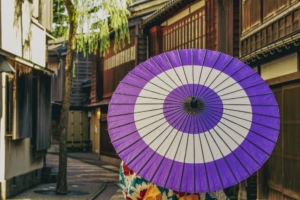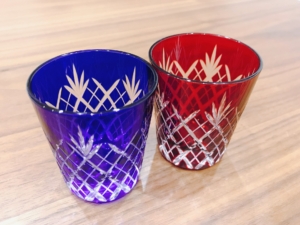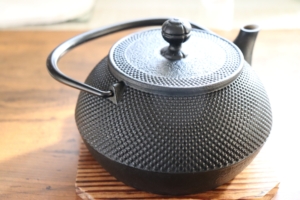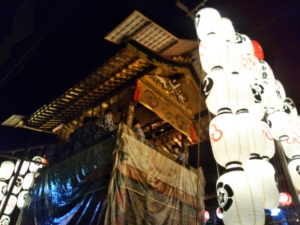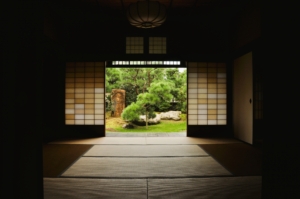Hello everyone.
Today, I would like to write a summary of what is written in “Fushi-kaden” written by Zeami, a Noh performer.
Zeami was born in the Muromachi period.
At that time, Zeami was under the patronage of Yoshimitsu Ashikaga, the third shogun of the Muromachi Shogunate.
However, after Yoshimitsu’s death, he was treated coldly, and Zeami was swept away by Sado at the age of 72 by Yoshinori Ashikaga, the sixth shogun of the Muromachi Shogunate.
After that, Zeami’s exile was lifted by the efforts of Zen priest Ikkyu Sojun.
There was such a social situation in the background of the writing of “Fushi-kaden”.
Noh originally developed in a way that is closely linked to religions such as shrines and temples.
However, when Zeami lived, Noh changed into a samurai family centered on the Ashikaga family.
Zeami thoroughly considered how Noh would be accepted by the samurai’s aesthetic sense and the cultural figures around him.
Let’s take a closer look at the main subject, ”FushiKaden”.
“Speaking of flowers, there are seasonal flowers. Because they bloom in different seasons, they are rare and people are pleased. They have the same ability. Because they are rare and new to humans. It feels interesting. In other words, “flower”, “interesting” and “rare” are the same thing. ”
Zeami explained that it is important to always think about “rare flowers” and “new flowers”.
Zeami also talked about the path to the art of Noh in relation to the extremely specific index of “age.”
For Noh, a physical art, how to overcome the physical changes and declines that progress with age was a major issue.
Zeami wrote in “Fushi-Kaden” that noh is not over just because he is old.
He said that Noh will be completed in a lifetime.
Zeami can be said to be the first person in the world of physical arts to establish “aging aesthetics,” which can be said to be a characteristic of Japanese performing arts.
Currently, Noh is generally performed on a permanent stage such as a Noh theater, but at that time, it was sometimes performed in the precincts of shrines and temples, or in a tatami room invited by aristocrats’ banquets.
Zeami says that it is better to blend in with the opportunity on the spot and dance.
Zeami said it was foolish to do something with his own rhythm and sensations.
Insisting that “I will do it my way” will not work.
A place is a living thing. There are different people and different rhythms. Only when you enter the vibration and become one with it can you own the world.
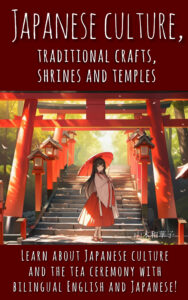
I also wrote about the timing of making a voice.
Even if you talk vaguely, it will not be transmitted to the other party. It is a teaching that you should speak out for the first time based on the tone and timing that attracts the other party.
In Noh, the curtain rises and actors appear on the stage. Then, the audience waits for the first voice.
It’s best to speak out the moment that expectation reaches its climax. It doesn’t matter whether it’s early or late.
It is a teaching that speaks out in response to the hearts of the audience, not the convenience of the actors.
This also applies to us modern people. Whether it’s negotiations or chats, it applies to everything you have.

